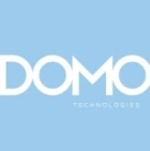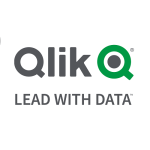It gave the organisation the possibility to have a closer look a the data in a more organized way. If they would have had the stability to see it through, they probably would have required insights in their (in)efficiencies that greatly would have improved the effectiveness and efficiency of the core activities (it was a callcenter).
The stability of the lookups is not very good, and really needs improvement. The tool forces you in the direction of a datamart/Kimball architecture. If that is not the architecture that you want, it requires a lot of tricks to fold it to your needs. When you use hierarchies and dimensions, you are basically more or less forced into building these first, before building the fact tables. If these dimensions need adjustment or modifications, implementing these is a very complicated delicate and a faultridden operation.
The most effective way to get a sturdy result in the Cognos Datamanager, is to leave out the fancy stuff. Only use the jobs and jobstreams (and of course the scheduler to run them). Guard referential integrity by making the correct joins in the queries which are in the jobs (and putting these of course in the right order). Then, Cognos Datamanager can be very useful, sturdy, and flexible.
I understand from fellow forum user that the Cognos Datamanager will not have technical support from IBM anymore starting from 30th September 2015. If you haven’t made a choice yet for a datawarehouse solution, choosing the Cognos Datamanager could give you serious support issues in the not so far future.
In a more general sense, why do you want a datawarehouse? If you want to resolve issues with data quality, a datawarehouse can make these visible, but there are a lot cheaper ways to achieve this. And, of course, knowing about the problem, but taking no steps to tackle these, won't solve anything. If you want a sturdy, reliable, comparable, standardized and well organized data, a datawarehouse is a good option. However, it takes time and effort. However, quite a lot of organisations use the Cognos Datamanager. Migrating to another environment is a costly and potentially risky undertaking. I expect that a lot of Cognos Datamanager applications will probably be in use for many years to come. Some useful dinosaurs, such as COBOL, still survives. I think the Cognos Datamanager can easily go that way too.














JavaScript support has advanced significantly over earlier versions with the use of Custom Controls.